
How to Use LD33 Low-Dropout Voltage Regulator: Examples, Pinouts, and Specs
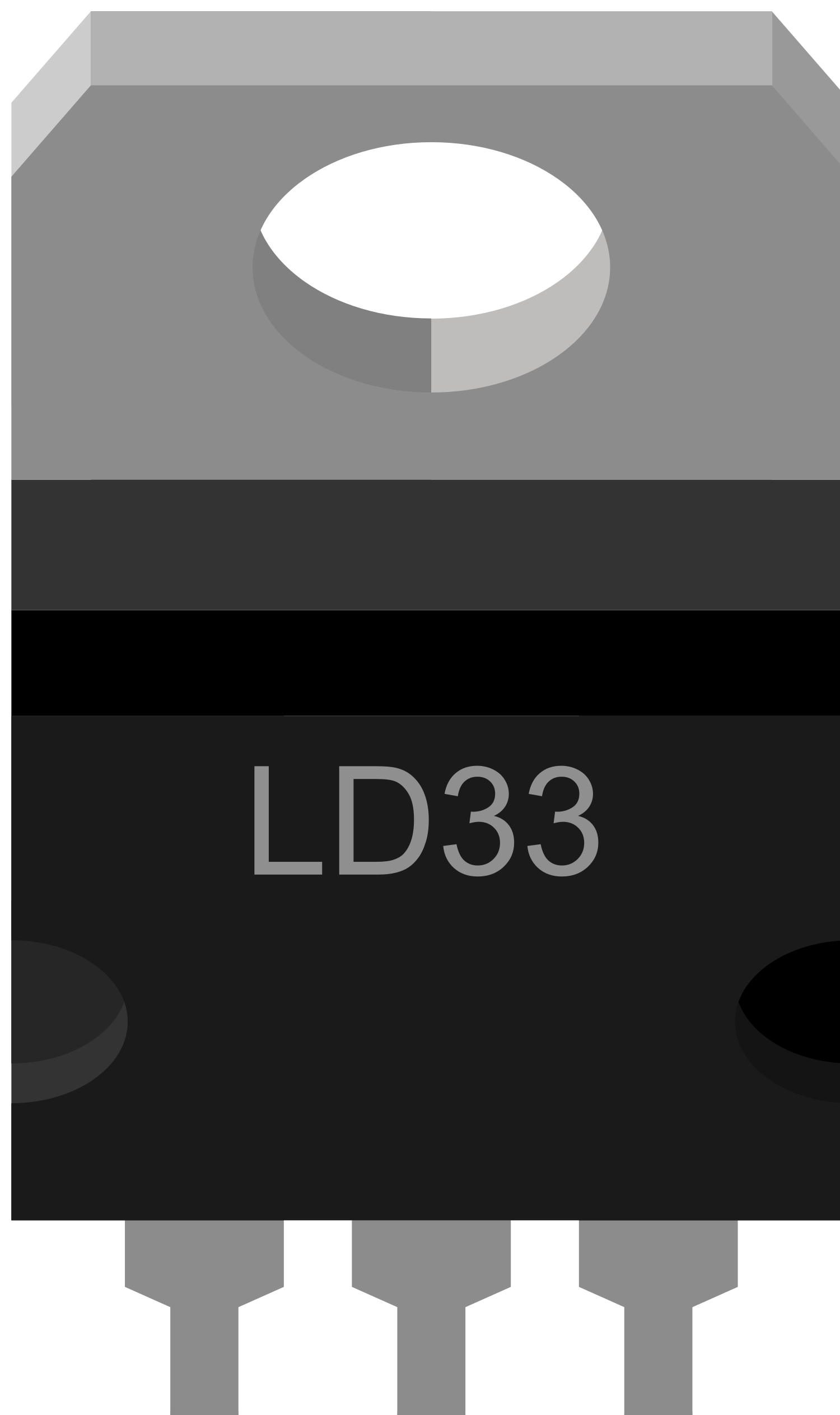
 Design with LD33 Low-Dropout Voltage Regulator in Cirkit Designer
Design with LD33 Low-Dropout Voltage Regulator in Cirkit DesignerIntroduction
The LD33 is a low-dropout (LDO) voltage regulator capable of providing a fixed output voltage of 3.3V with a maximum output current of up to 800mA. This component is ideal for applications requiring a stable 3.3V supply from input voltages that are very close to the output voltage, such as battery-powered devices, microcontroller circuits, and portable electronics.
Explore Projects Built with LD33 Low-Dropout Voltage Regulator
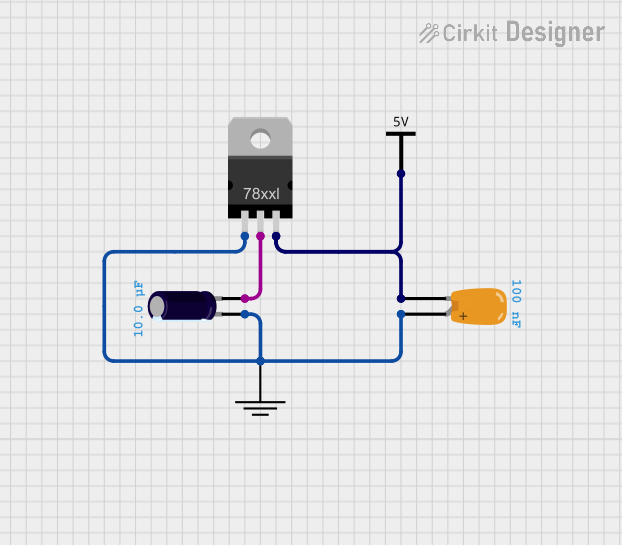
 Open Project in Cirkit Designer
Open Project in Cirkit Designer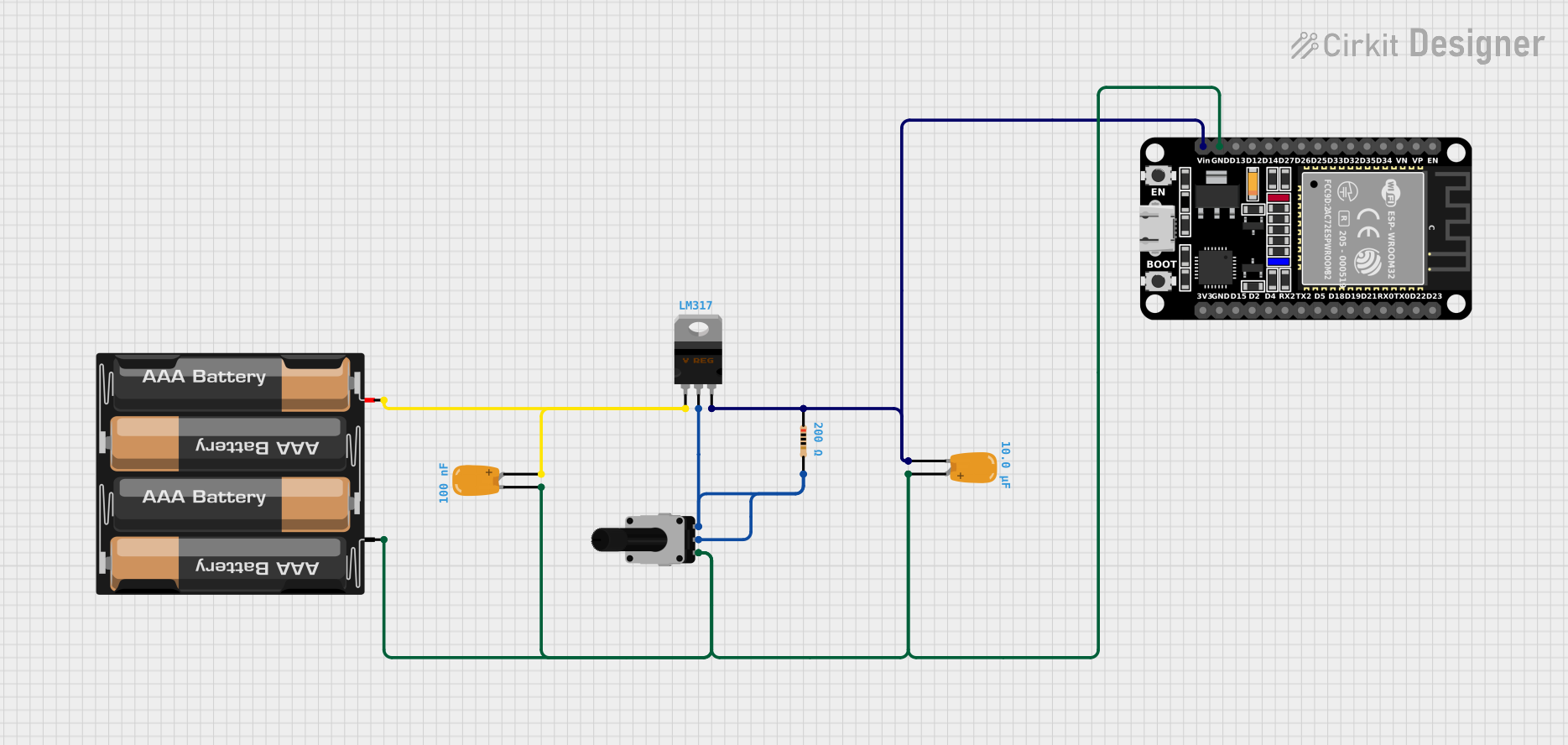
 Open Project in Cirkit Designer
Open Project in Cirkit Designer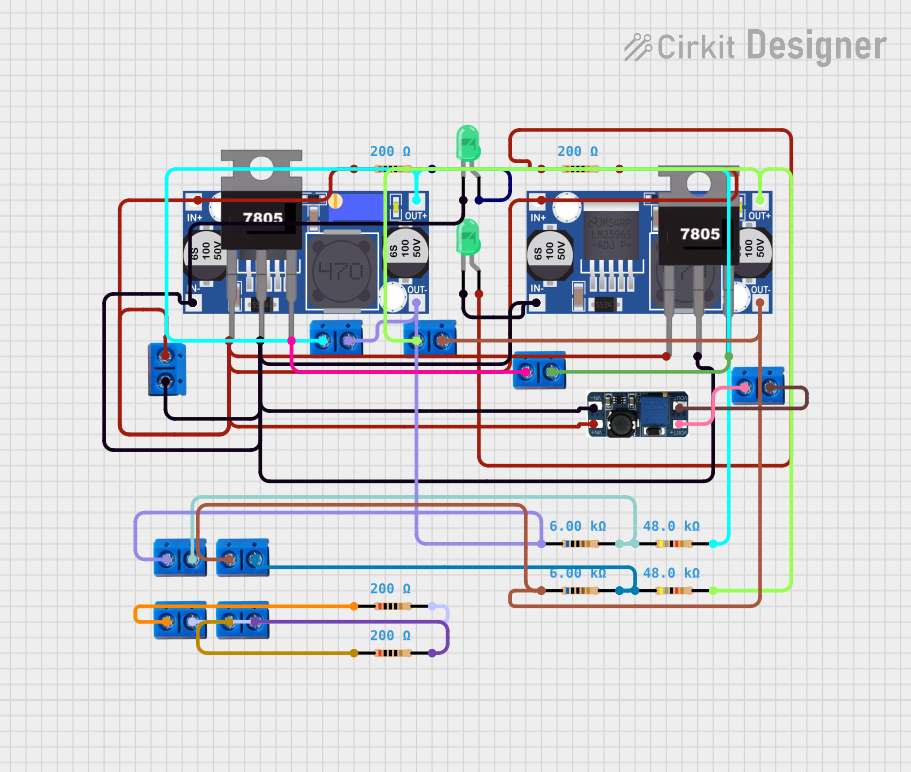
 Open Project in Cirkit Designer
Open Project in Cirkit Designer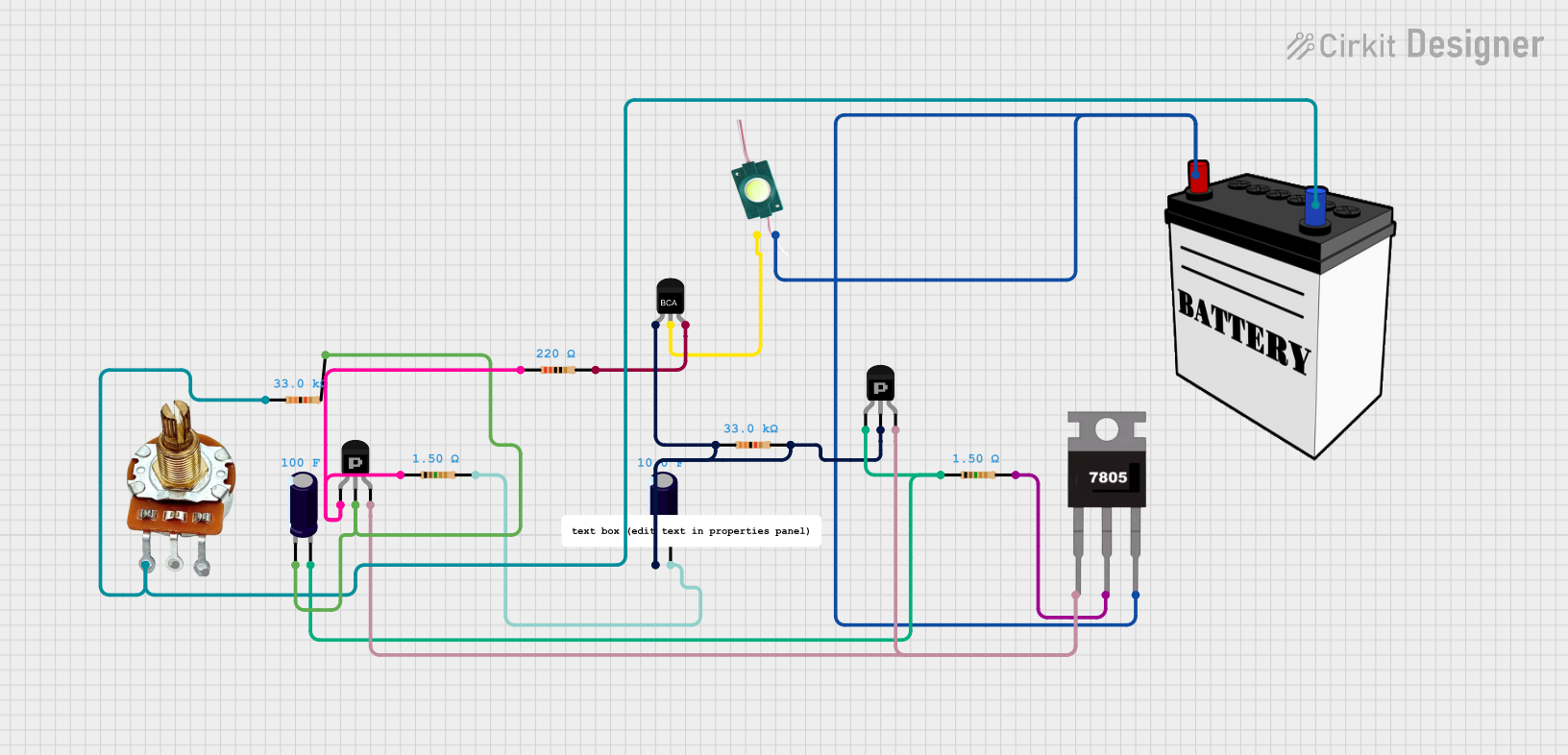
 Open Project in Cirkit Designer
Open Project in Cirkit DesignerExplore Projects Built with LD33 Low-Dropout Voltage Regulator

 Open Project in Cirkit Designer
Open Project in Cirkit Designer
 Open Project in Cirkit Designer
Open Project in Cirkit Designer
 Open Project in Cirkit Designer
Open Project in Cirkit Designer
 Open Project in Cirkit Designer
Open Project in Cirkit DesignerCommon Applications and Use Cases
- Power supply for 3.3V logic ICs and microcontrollers
- Battery-powered devices requiring a stable 3.3V
- Peripheral power supply for microprocessor systems
- Portable electronics and wearable devices
Technical Specifications
Key Technical Details
- Output Voltage (Vout): 3.3V
- Input Voltage (Vin): 4.5V to 7V (recommended operating range)
- Dropout Voltage: Typically 1V at 800mA load
- Output Current (Iout): Up to 800mA
- Quiescent Current: Typically 5µA
- Temperature Range: -40°C to +125°C
Pin Configuration and Descriptions
| Pin Number | Name | Description |
|---|---|---|
| 1 | IN | Input voltage pin. Connect to the source voltage (4.5V to 7V). |
| 2 | GND | Ground pin. Connect to the system ground. |
| 3 | OUT | Regulated output voltage pin. Provides a stable 3.3V output. |
Usage Instructions
How to Use the LD33 in a Circuit
- Connect the input voltage (4.5V to 7V) to the IN pin of the LD33.
- Connect the GND pin to the system ground.
- The OUT pin will provide a regulated 3.3V output. Connect this to the circuit requiring a 3.3V supply.
- Optionally, add a capacitor (typically 10µF) between the IN pin and GND close to the regulator to stabilize the input supply.
- Similarly, add a capacitor (typically 10µF) between the OUT pin and GND to filter any output noise.
Important Considerations and Best Practices
- Ensure that the input voltage is within the specified range to prevent damage to the LD33.
- Do not exceed the maximum output current of 800mA.
- Use capacitors on the input and output as recommended to minimize voltage fluctuations and noise.
- Provide adequate heat sinking if the regulator is expected to dissipate significant power due to high load current or a large voltage drop from input to output.
Troubleshooting and FAQs
Common Issues
- Output voltage is lower than 3.3V: Check if the input voltage is within the recommended range and if the load current is not exceeding 800mA.
- Regulator is overheating: Ensure that the power dissipation is within the limits and improve heat sinking if necessary.
- Output voltage is unstable: Verify the presence and correct value of the input and output capacitors.
Solutions and Tips for Troubleshooting
- If the output voltage is incorrect, recheck the input voltage and load conditions.
- For overheating issues, reduce the load current or improve heat dissipation.
- For voltage instability, ensure that the recommended capacitors are used and are placed close to the regulator pins.
FAQs
Q: Can I use the LD33 without capacitors? A: While the LD33 may work without capacitors, it is strongly recommended to use them for stability and noise reduction.
Q: What is the maximum input voltage for the LD33? A: The absolute maximum input voltage is typically around 15V, but for safe and reliable operation, keep the input voltage within the recommended range of 4.5V to 7V.
Q: How can I increase the output current capability? A: The LD33 is rated for a maximum of 800mA. If you need more current, consider using a regulator with a higher current rating or parallel multiple LD33 regulators with proper current sharing measures.
Q: Is the LD33 regulator suitable for battery-powered applications? A: Yes, the LD33's low quiescent current makes it suitable for battery-powered applications where power efficiency is crucial.
Example Connection to an Arduino UNO
// No specific code is required for using the LD33 with an Arduino UNO.
// The following example demonstrates how to power an Arduino UNO with the LD33.
// Connect the LD33 as follows:
// LD33 IN pin -> External power supply (4.5V to 7V)
// LD33 GND pin -> External power supply ground and Arduino GND pin
// LD33 OUT pin -> Arduino 3.3V pin
void setup() {
// Initialize digital pin LED_BUILTIN as an output.
pinMode(LED_BUILTIN, OUTPUT);
}
void loop() {
// Turn the LED on (HIGH is the voltage level)
digitalWrite(LED_BUILTIN, HIGH);
// Wait for a second
delay(1000);
// Turn the LED off by making the voltage LOW
digitalWrite(LED_BUILTIN, LOW);
// Wait for a second
delay(1000);
}
Remember that the Arduino UNO's 3.3V pin is an output, not an input. To power the board with the LD33, connect the LD33's output to a breadboard rail and power the 3.3V components from there, not directly to the Arduino's 3.3V pin.